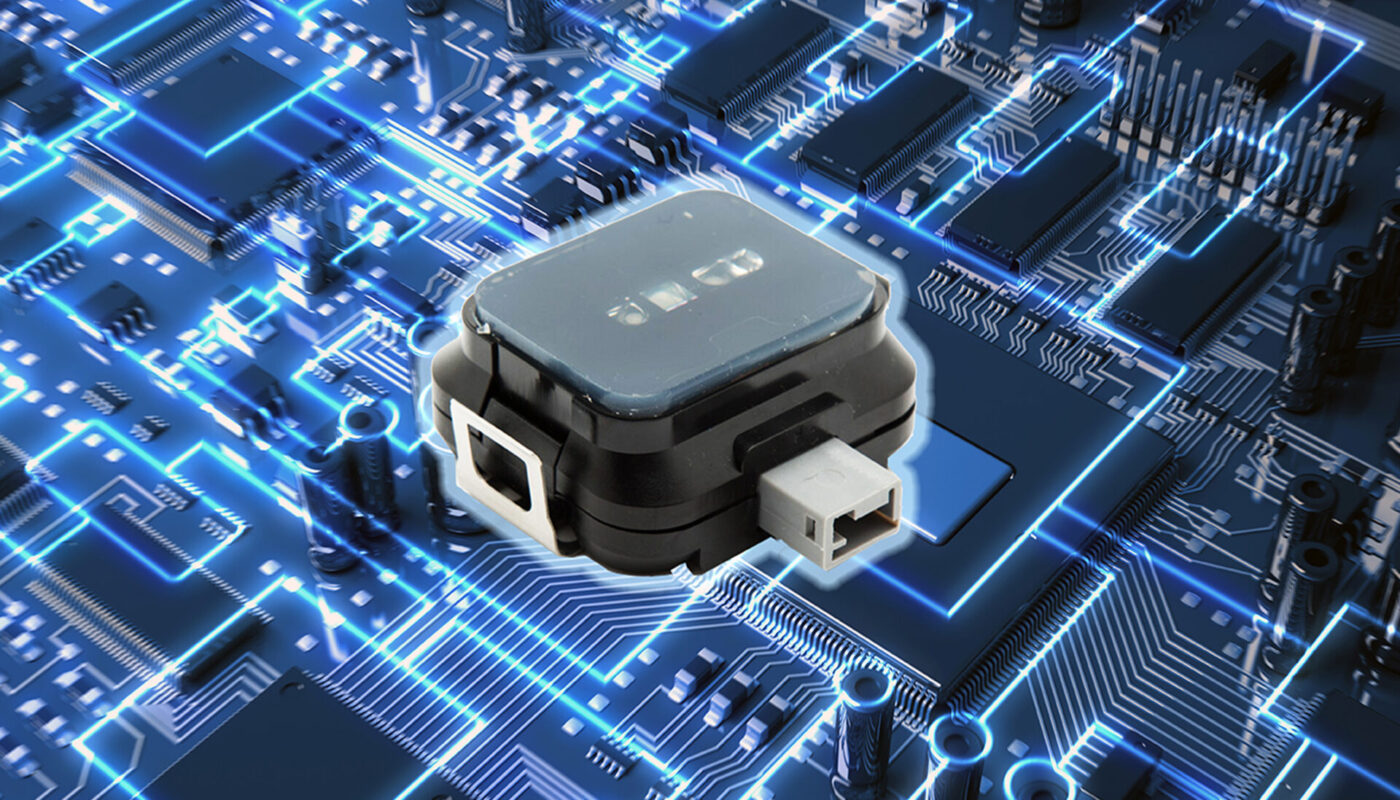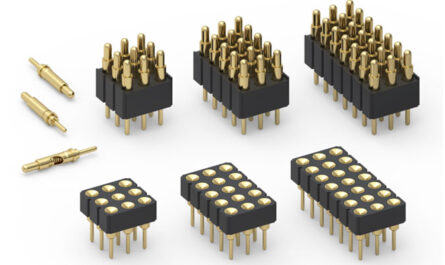The world around us is becoming more interconnected each day. From smart appliances in our homes to self-driving cars on the road, technology is evolving rapidly and enabling new capabilities that would have seemed like science fiction just a few years ago. While the end consumer products and experiences are becoming more impressive, underlying all of this advancement is an unassuming yet crucial technology – sensors.
Sensors 101
Fundamentally, a sensor is a device that detects and responds to some type of input from the physical environment. This could be things like light levels, temperature, pressure, motion or presence of objects and more. A sensor converts the physical input it detects into an electronic signal that can then be measured or processed further. Common sensors include temperature sensors, light sensors, motion sensors, pressure sensors, image sensors and many more.
Advancements in sensor technologies have been critical to enabling so many of the technologies we interact with daily. For example, motion sensors allow appliances to turn on automatically when we enter a room, light sensors help adjust screen brightness, microphones allow us to talk to voice assistants and image sensors allow for computer vision capabilities in security cameras.
The Rise of Sensor Fusion
With greater processing power, sensors are becoming more intelligent and capable of gathering multiple types of input simultaneously. This emerging area of “sensor fusion” combines data from different Sensor types to gain a richer understanding of the environment. For instance, combining video camera data with microphone input allows for facial recognition alongside speech recognition. Sensor fusion also enables capabilities like augmented reality, where data from an image sensor can be overlayed with data from location sensors, gyroscopes and more to digitally enhance what the user sees.
Going Forward: Key Sensing Trends
Some of the most impactful developments in sensor technologies to watch out for include:
– Smaller, cheaper and more energy efficient sensors: Advancements in microelectronics continue to drive down the size and cost of sensors while extending their battery life. This allows for wider integration across more devices and use cases.
– Ubiquitous sensing: In the coming years, we will likely see sensors integrated everywhere from fabrics to packaging materials. This will further blend digital experiences into the physical world around us.
– Emergence of new sensor types: Researchers are developing novel biosensors, environmental sensors and others, expanding what the physical world can sense and quantify.
– Internet of Sensing Things: Just as connected “things” form the IoT landscape, connected sensors generating continuous real-time data feeds will give rise to an “Internet of Sensing Things.” This can drive new predictive and prescriptive insights.
– Multisensory AI interfaces: Combining diverse sensor inputs with powerful AI/machine learning algorithms will lead to more human-like interfaces that comprehend environments in all their complexity.
Applications Across Industries
With such ongoing innovation, sensors promise to transform industries from healthcare to transportation to automation. A few key application areas include:
Healthcare: Biosensors, wearables and remote patient monitoring equipment are using sensor data to improve outcomes, facilitate early diagnosis and power personalized care models. This sensor-based data is also fueling medical research.
Industrial Automation: Sensors play a crucial role in manufacturing by enabling advanced robotics, quality control, predictive maintenance of equipment and overall optimization of industrial workflows.
Transportation: From Advanced Driver Assistance Systems to autonomous vehicles – intelligent transportation relies on diverse sensors like radars, lidars and cameras for navigation, collision avoidance and beyond. Drones too heavily utilize sensors for navigation and operation.
Smart Homes & Cities: Presence detection, environmental monitoring, smart appliances – residential and urban infrastructure worldwide is becoming more responsive to residents with sensor integration. This supports benefits like optimized resource usage, public safety and independent living.
Retail: In-store sensors help understand customer behavior, detect inventory levels and optimize operations. Computer vision sensors also power applications like virtual try-on and mobile checkout.
The Foundation of Future Technology
Overall, sensors will continue serving as a fundamental building block and key enabling technology for the developments that will define tomorrow. While largely invisible to consumers, advancements in microelectronics, materials science, MEMS fabrication techniques, edge processing and fusion of sensor modalities hold immense potential to reshape lives and industries.
*Note:
1. Source: Coherent Market Insights, Public sources, Desk research
2. We have leveraged AI tools to mine information and compile it




